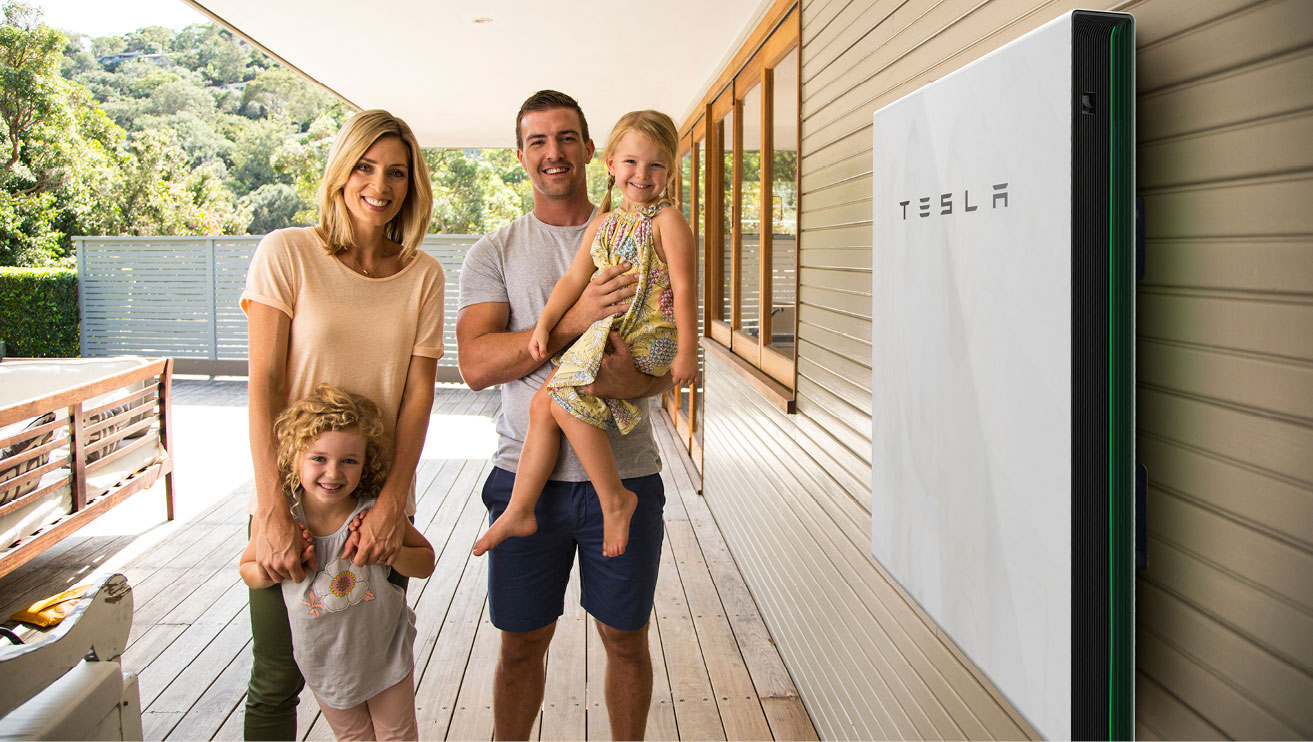Contact Information
- Solahart Adelaide South
- Unit 8, 937 Marion Road
- Mitchell Park SA 5043
- 1300 362 821
- info@solahartmarion.com.au

Solar power is a great and proven way to reduce your energy bills, but have you ever wondered how it works? In this article, we will explore:
Solar power converts the light of the sun into electricity via solar panels and an inverter. Solar panels absorb energy from the sunlight to create direct current (DC), and the inverter turns this into alternating current (AC), which is usable electricity for your home.
To absorb energy from sunlight, solar panels use photovoltaic (PV) cells to create an electric field that causes electricity to flow into the inverter.
The inverter is considered to be the ‘brains’ or engine room to your solar power system. It converts the DC output created by your solar panels into AC, which is the standard 240-volt electricity used by your home.
Australia has the world’s highest solar radiation at 58m petajoules per year, approximately 10,000 times larger than its total energy consumption. So, you have the opportunity to use Australia’s abundant sunshine to power your home with energy free from the sun, while doing your bit for the environment.
Choosing solar power will help you offset your electricity costs because it minimises the amount of power you consume from the grid, and delivers savings for you and your family. How much you save depends on a few key factors, including:
In most Australian homes, a large proportion of the energy produced by solar power panels is sent back to the grid because it’s generated when it’s not needed such as the middle of the day.
Adding home battery storage to a solar power system future proofs your investment by allowing you to store your unused energy and use it at a later time, rather than send it back to the grid. With a battery, you can use your stored energy:
Another way to store your excess solar power is through a solar-smart electric water heater like Solahart PowerStore, an Australian designed and built product that converts excess solar power into hot water.
Find out more about energy storage here.

Solar power is a proven way to help you minimise your reliance on the grid, reduce your energy bills and do your bit for the environment. Solahart has installed over 600,000 solar power panels in Australia, and more than 1 million solar water heaters worldwide. To join the other 3 million Australian households in going solar, contact Solahart today.
Solahart Solar-Ready water heater is a smart choice because it provides an immediate solution to your hot water needs right now and also gives you the flexibility to upgrade and save on your energy costs in the future.
Whether you need a simple solution to get back into hot water quickly, a solar water heater from day one, or the option to upgrade to energy-saving solar in the future, you’re in control.
And no matter which option you choose, enjoy the extra peace of mind with a 10-year cylinder warranty.
1: Solahart Warranty Details: 10/3/2 warranty; 10 year cylinder and collector supply, 3 year cylinder and collector labour, 2 year parts supply including labour; applies to a single family domestic dwelling only. All other applications have a 3/1/1/1 warranty; 3 year cylinder and collector supply, 1 year parts supply, 1 year labour.
2: Energy savings of up to 65% shown is based on Australian Government approved TRNSYS simulation modelling of a Solahart 302L and using a medium load in Zone 3 and apply when replacing an electric water heater. Any savings will vary depending upon your location, type of Solahart system installed, orientation and inclination of the solar collectors, type of water heater being replaced, hot water consumption and fuel tariff. Maximum financial savings off your hot water bill are achievable when replacing an electric water heater on continuous tariff. Refer to solahart.com.au for further information.
3: For a Solahart Solar Hot Water system, each STC represents 1 megawatt-hour (MWh) of electricity displaced over a 10 year period. The number of STC’s which may be created for the installation of an eligible solar water heater varies with the size and model of the solar water heater and the region (or zone) in which the unit is installed. The value of an STC is not fixed and varies depending on market factors.
Rated 4.7 from 8,200+ customer reviews
Looking for something else? Search our site here.
At Solahart, we’re proud to be leading Australia’s solar charge. Helping smart Aussies make a real difference to the planet, reducing their reliance on the grid, cutting their energy bills, and connecting them to their smart energy future.
Since 1953, we’ve been the trusted name in Australian solar, installing over a million solar hot water systems in over 70 countries, and over 700,000 solar power panels in Australia.